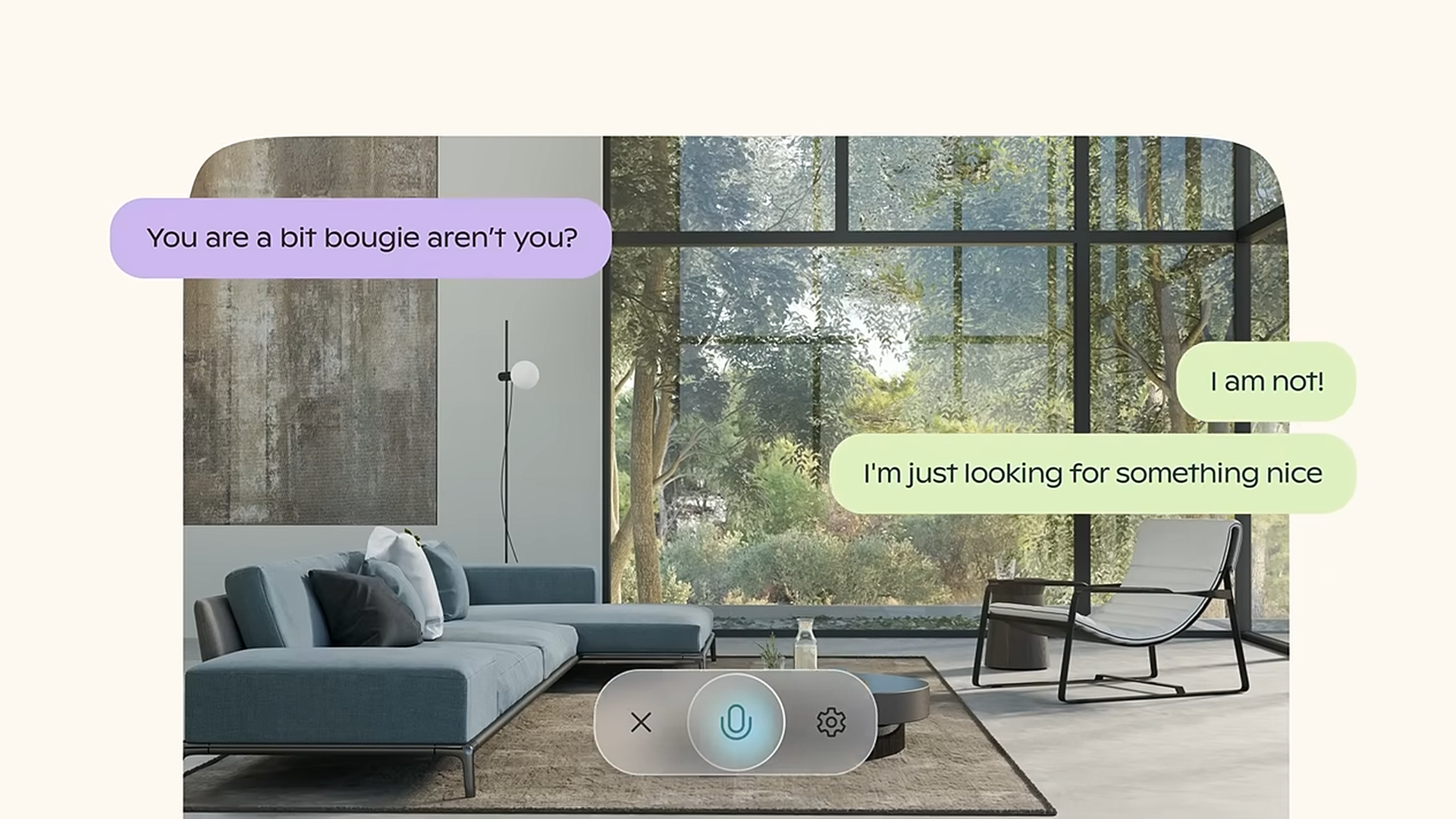The growing adoption of generative AI tools across various industries signifies a significant shift in business operations and innovation. This technology, capable of creating content, analyzing data and optimizing processes, is becoming an invaluable asset for enhancing productivity and creativity.
From automating customer support to generating marketing content, AI offers unprecedented efficiencies and personalization. As organizations seek to stay competitive, the integration of AI-driven solutions is rapidly evolving from a cutting-edge novelty to a business necessity, reshaping how products are developed, decisions are made, and customer experiences are crafted.
However, new data from a recent Smart Communications survey suggests that simply implementing generative AI isn’t enough – there’s a clear trend toward growing skepticism in AI use, especially when adopted for communications. Good communication is critical in industries such as healthcare, finance and insurance, where poorly communicated messages or mistakes in the relay of information can have a life-changing impact. Businesses can look to prioritize transparency by making it clear when they’re using AI and ensuring human oversight throughout the communication process.
Clear, accurate and timely: what do customers want?
2000 customers across the globe were surveyed worldwide on their opinions regarding customer communications from financial services, insurance and healthcare companies. The responses revealed that four in five (81%) want businesses to employ human oversight and over three-quarters (77%) feel it’s important for companies to explicitly call out when generative AI is used in their communications.
This skepticism stems mainly from ethical (63%) and security concerns (66%) about using generative AI in customer communications. And fewer than half (47%) agree that generative AI actually has the potential to improve the communications they are receiving from businesses. This tells us that many customers don’t see generative AI as worth the risk when it comes to their communications.
The survey also asked customers what they value most when it comes to communications – a majority (71%) said that communications need to be straightforward and easy to understand, while over half (55%) valued accuracy and over a third (38%) valued timeliness. This isn’t too surprising, but certainly reaffirms that the need for clear accurate communication prevails now more than ever in today’s digital world, and businesses need to embrace digital tools to avoid human error and ensure customers are happy.
Older consumers, comprising 88% of the Silent Generation and 79% of Baby Boomers, prioritized ‘clear and easy to understand’ communications in significantly greater numbers than their younger counterparts, with 65% of Generation Z and 63% of Millennials valuing this aspect. For younger customers, personalization and delivery via a preferred channel were significantly more important than for their older counterparts. Over a quarter of Generation Z (28%) ranked personalization as the most important factor, compared to 23% of all respondents. It’s clear that different generations have different values when it comes to their communications. For businesses to have successful communication across the board, especially in key industries such as healthcare, they need to accommodate all needs, for each demographic.
So, with growing concerns around its use, what is the value of generative AI in communications?
The use of generative AI in customer communications
The reality is that, despite customers’ concerns about generative AI in customer communications, it can provide great value when used correctly, by improving operational efficiency and effectiveness. This is why the latest CCM tools and technologies out there can help companies leverage generative AI in a responsible and impactful way to enhance customer engagement.
In fact, generative AI is shaping communications by automating content creation, enhancing personalization and streamlining workflows. It enables businesses to quickly generate high-quality text, images and audio, making crafting tailored messages for diverse audiences easier. By reducing the time and effort required for content production, generative AI allows organizations the time to focus on strategy and innovation. Its ability to learn and adapt ensures that communications are not only efficient but also relevant and engaging.
What can businesses do to reassure customers?
It’s clear that generative AI can improve communications and build relationships. However, businesses should look to implement it carefully and thoughtfully, especially amid growing concerns about the new technology. There is a clear need to be open, honest and respectful of these attitudes – here, transparency is key and will help to generate customer trust.
Furthermore, businesses need to ensure human oversight throughout the communication process, never leaving the technology to communicate independently. This helps prevent biases, unintended consequences and disseminating incorrect or inappropriate content. Additionally, human input can refine AI outputs, making them more relevant and culturally sensitive, thus enhancing overall communication quality. This is particularly crucial for regulatory compliant communications, which cannot be compromised by AI hallucinations. Such hallucinations pose a serious risk to both customers and businesses and can have significant consequences.
Generative AI can be a fantastic tool for businesses to implement and enhance their customer communications. It helps to personalize, streamline, speed-up and strengthen relationships. However, customer concerns must be considered, and with growing skepticism businesses should prioritize transparency by clearly indicating when AI is being used and ensure human oversight is maintained throughout the communication process.
We’ve featured the best AI chatbots for business.
This article was produced as part of TechRadarPro’s Expert Insights channel where we feature the best and brightest minds in the technology industry today. The views expressed here are those of the author and are not necessarily those of TechRadarPro or Future plc. If you are interested in contributing find out more here: https://www.techradar.com/news/submit-your-story-to-techradar-pro



